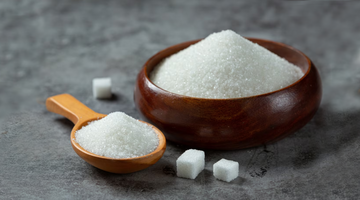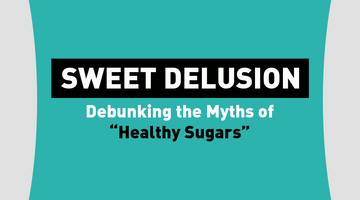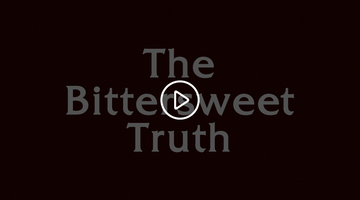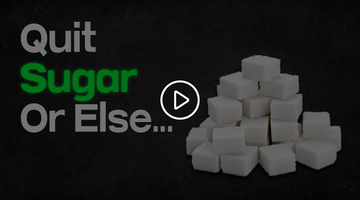Ever felt like your tummy is giving you the silent treatment?
You might be caught in the notorious fiber gap!
In the realm of digestive well-being, a critical yet often overlooked aspect is the presence of prebiotic fibers.
According to the World Health Organization (WHO), the recommended daily intake for adults is around 25 grams of fiber. However, many of us fall short!
In this blog, we're about to embark on a journey through the wonders of dietary fibers like FOS and inulin. We will shed light on their benefits and explore the secrets of these prebiotic fibers so that we can make informed choices.
Prebiotic fibers - Heard the word before but am not sure what these are.
It’s time to educate yourself, add it to your diet, and turn the tables!
Dietary fibers are the fibrous parts of foods that cannot be digested. These fibers could be soluble or insoluble.
Insoluble fiber, mainly found in cereal-based foods (grains, bread, rice, corn, potato, etc) helps to retain water along the digestive tract thus leading to larger and softer stools to aid in gut health.
Soluble fiber, also known as prebiotics, acts as food for our good gut bacteria helping its proliferation, which brings an array of health benefits. Prebiotic fibers could be derived from multiple sources including sugarcane, chicory root, garlic, onions, asparagus, bananas, and whole grains.
Two notable fibers available in the market as food ingredients are fructooligosaccharide (FOS) and inulin.
The Marvelous World of Prebiotic Fibers: A Digestive Companion
-
Gut Microbiome Health: Prebiotic fibers navigate through our digestive system, mostly undigested, reaching the colon where they are broken down by probiotics (probiotics are live bacteria and yeasts like Bifidobacteria and Lactobacilli, confusing eh?). This promotes their growth and activity, contributing to a balanced gut microbiome.
-
Smooth Digestion: Dietary fibers add bulk to the undigested material in our alimentary canal, promoting its movement in our body. This prevents problems like constipation and hemorrhoids that come with insufficient movement of the bowel.
-
Sugar Regulation: Soluble fibers, act as regulators for glucose levels, keeping them in check for a steady ride rather than a rollercoaster.
-
Feeling Full: High-fiber foods have a unique ability – they make you feel full and are low in calories at the same time! It's like having a subtle reminder to avoid overeating and prevent weight gain in the process.
- Heart Health Support: Certain fibers, particularly soluble fibers, contribute to maintaining cholesterol levels, and promoting heart health.
Cautionary Notes: Balancing for Optimal Gut Health
- Gradual Introduction: Introducing fiber into your diet should be a gradual process – start slow and build up. Staying hydrated is essential to avoid any potential digestive discomfort.
- Individual Fiber Tolerance: Fiber tolerance varies among individuals, influenced by factors such as age, health conditions, and personal preferences. Listen to your body's signals and adjust accordingly.
Conclusion: A Gentle Nudge Towards Fiber Appreciation
So, there you have it – a light-hearted guide to understanding fibers.
No need to stress about the fiber gap – let's turn it into an opportunity to appreciate the benefits of dietary fibers.
Embrace the diverse array of foods that make your gut content.
Here's to a fiber-rich life – where digestion is smooth, hearts are happy, and every day feels like a step toward better well-being!
Explore the diverse range of mindful products from Notta Sin, which have around 20% fiber in every bite!






